Aruba CTO Partha Narasimhan On Pensando, Plexxi, And How Harnessing Network Data Will Boost COVID-19 Recovery
Aruba's CTO Aruba CTO Partha Narasimhan talked with CRN about Aruba’s SDN strategy, 5G, and how valuable network data will be key in helping organizations get back to business post-COVID-19.
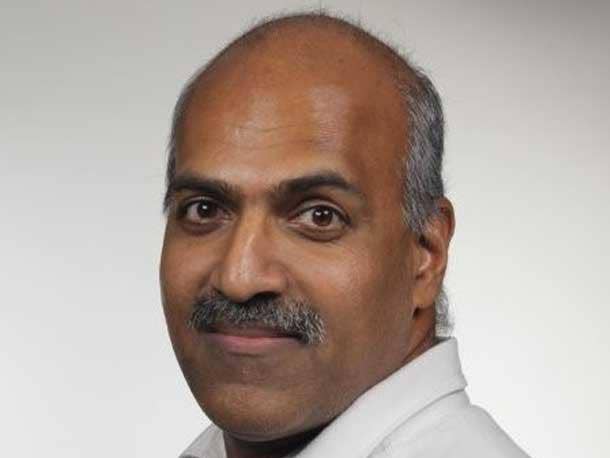
Trending Now
Aruba Networks has been pushing the limits of software-defined networking and cloud-first networking for the past several years, but the COVID-19 pandemic has forced these networking trends into the forefront as businesses grappled with a suddenly remote workforce off of the safe and reliable enterprise network.
To that end, the Santa Clara, Calif.-based company introduced the Aruba Edge Services Platform (ESP) during the Aruba Atmosphere 2020 virtual event that can analyze data across domains and identify any issues or abnormalities and self-optimize, all before users notice any impact. The platform is a great option for MSPs, or partners that want to adopt the MSP model, but perhaps don’t have the resources to build out their own infrastructure at the moment, said Aruba CTO Partha Narasimhan.
Narasimhan sat down with CRN during the virtual event to talk technology trends like SDN, 5G, and how valuable network data can actually help organizations get back to business, with the help of channel partners.
What follows are excerpts from the conversation.
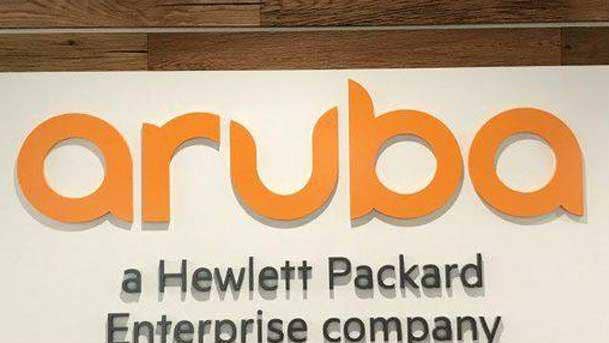
How is the Aruba ESP platform a boon for partners that are wanting to adopt a MSP model?
If you look at our partners, whether they're big or small, a lot of times we sense that they have to set up a certain level of infrastructure on their side before they can go offer differentiated services to their customers. We can ease some of that with the platform. The second thing is, even if the partner sets it all up, we don’t believe it's just about setting it up and walking away. The whole objective is an ongoing model where you're basically adding value-added services on top of [the platform]. We believe we can amplify partners' abilities to offer those services because the AIops built-in is about looking at data across customer networks. It's not that we are controlling all the data -- the data is still segregated across customers -- but it can you give the ability to quickly spot patterns and see how broadly the issue is showing up. We can increase the scope of what the partner has access to today. By bringing it all together on the ESP platform, one, we limit upfront costs and two, the quality of the services that the partner is able to offer to a customer goes up significantly.
[Partners] also don’t have to put up any upfront investment or find the right people, which is a big challenge that is high on the minds of many business leaders. With COVID 19, budgets will make that problem worse as many CEOs and partner CEOs always say that finding the right people for the job is hard. We help partners close that gap because we can help pick up some of that slack.
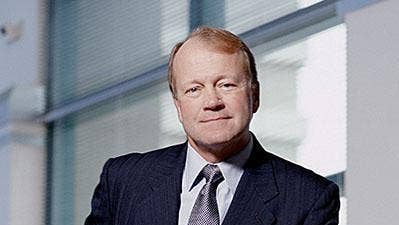
How does John Chambers' edge computing startup, Pensando, fit in with the Aruba's SDN story?
Think about the forwarding plane that we've been building for many years. We fundamentally believe that you have to use all of the contextual information you have in order to go program policies, which are dynamic, like making policies dependent on time or location, ect. We believe getting access to those elements of context is important in the forwarding plane. You can't solve a dynamic policy problem by pre-programming the infrastructure or having a human sit in the middle and act as a computer -- you need automation. What Pansando allows us to do is increase the programmability in the forwarding plane and increase the telemetry that we get so we can actually turn that around into not just providing visibility, saying; "Mr. Customer, here's what you told us when we designed this network and based on what we are observing, we think it is doing something else and here's how you can change your policy to go fit that usage." Providing that kind of visibility; we believe a programmable architecture like what Pensando has is something that will prove to be extremely beneficial in the future.
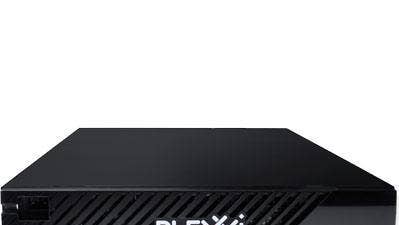
How do Pensando and Plexxi work together as part of Aruba's SDN story, and does that give you an advantage over Cisco?
SDN is something we've been doing forever and historically we've been pretty poor at attaching three-letter acronyms to what we do. What Plexxi does is at the software layer. If we can figure out how to orchestrate the kinds of topologies and kinds of policies we want to program; the underlying architecture -- there's still some assumptions we make on the degree of programmability that is available. To achieve the degree of programmability today with generic processors or even CPUs as we've been known to do, we think with advanced silicon capabilities like what Pensando is doing that allow us to be more effective and ultimately, translate that into outcomes that our customers wants.
It does give us an advantage [over Cisco]. If you look at our switches, we have our own ASICs and we use merchant silicon as well, the certain advantages we get in terms of optimizing our own internal ASICs are based on requirements we hear from our customers and partners. But in order to get into some kind of contextual forwarding dynamic policy environment, the policies are not going to be expressed and simple layer 2,3 or 4. It's going to go into the application layer. Like a security camera can only talk to the console that it is processing its data, as an example. Today, we are burdening our operators to start there and slowly build their way down and basically construct a network that allows them to do it. I think that as we look at elevating that degree of programmability, we need to have capabilities down below. While Plexxi gives us that software layer that can translate human intent into what connectivity infrastructure will need to do, we need capabilities down below. So Plexxi and Pensando are complimentary.
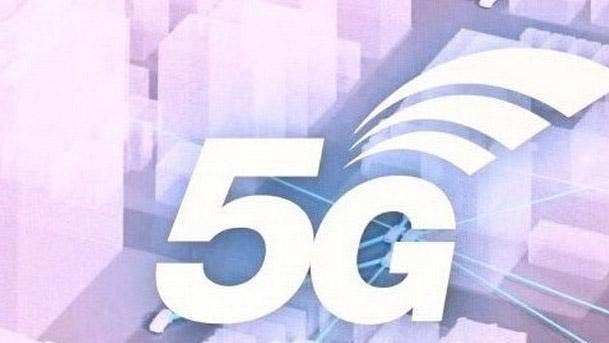
Can you give us an update on 5G and do you think 5G adoption will happen quicker as a result of the pandemic?
If you think about 2, 3, and 4G networks, they've been built out with the assumption that a small number of large radios is sufficient. A lot of the demand for cellular usage is when a person is indoors when they have access to Wi-Fi signals, but it's not easy to join those networks, so they often cut over and use cellular. We believe that 5G isn't a homogeneous technology. In my mind, it’s a framework that allows us to define the next-generation services and applications that we want to make available, whether it's for consumers or businesses. If you start with that assumption, then the promise of 5G is going be realized with a mixture of technologies and the network under the covers. 5G is going to be a large network of small radios -- the complete opposite of cellular networks today -- and the only industry that has been successful deploying a large number of small radios is the Wi-Fi industry. We believe Wi-Fi as a technology will be integral to realizing the vision of 5G.
We also believe 5G as a framework will get adopted quickly because large amounts of existing Wi-Fi footprint will now become available in a manner that is seamless to end users. Yes, the investments that cellular providers need are necessary to build out the outdoor footprint, but they will leverage existing network because if they need a large number of small radios, they’ll have trouble getting them into buildings, so why not leverage the ones that are already there? And, Wi-Fi 6 largely looks very similar to LTE technology-wise. We believe 5G will happen because it’s the Wi-Fi footprint that will be [leveraged].

Where are the biggest tech areas of opportunity for partners emerging from the other side of COVID-19?
We talk a lot about the edge -- all action is at the edge, especially in the last three months. It was first about the business continuity phase and now we are slowly looking at what we call the business recovery phase and how we re-populate physical spaces in a manner that is safe and can be done responsibly. If I just look at network connectivity data, we can look at people, density, and see if there are specific spaces that need certain changes in order to increase the spacing that I want to achieve. Shared surfaces come up often in customer conversations. Sometimes, for things like a conference room table, we need that visibility into shared spaces so that cleaning crews can be very efficient about getting the space sanitized. If someone does unfortunately pick up COVID-19, we've come to realize a lot of contact tracing relies on human memory. We believe that the network data can help aid human memory [because] it can largely give you a quick snapshot of the places you've been in and who else was in the same space at same time. That data is highly valuable. I've always said that if you bundle a network that enables mobility, which a wireless LAN does, it gives you the ability to spark things in the physical world. I wish it was for different reasons today, and it got amplified by COVID 19 -- but network data is so useful in bringing people back safely.
This is really where partners can participate. We were talking to one customer that was saying that a dashboard would be great, but the data is organized in such a way that they couldn't immediately turn this data over to a contact tracing team. They still need translation. Thera's where partners can come in because they understand the customer network, the environment, access points and the spaces they map into, they can easily participate in the translation of that data.